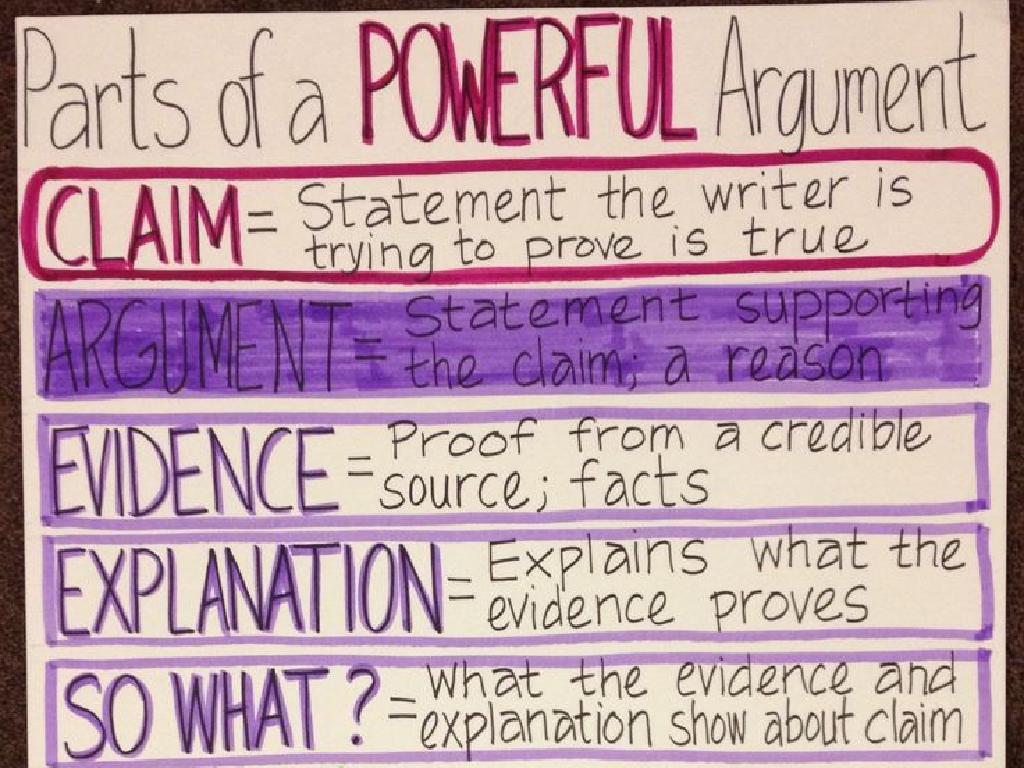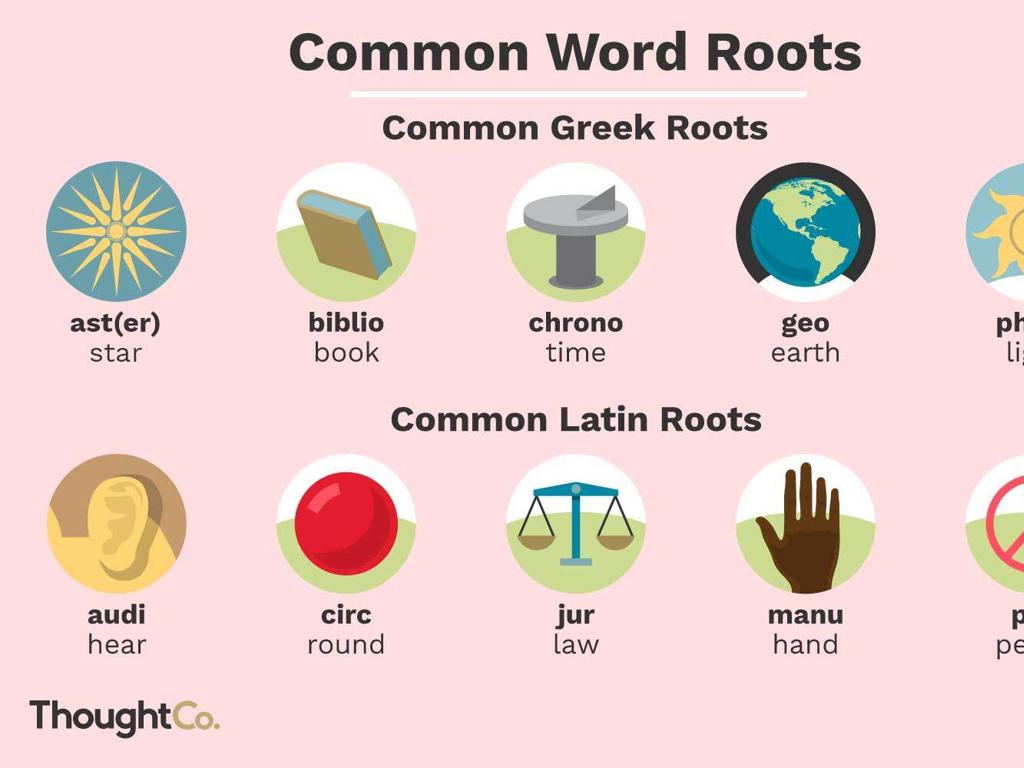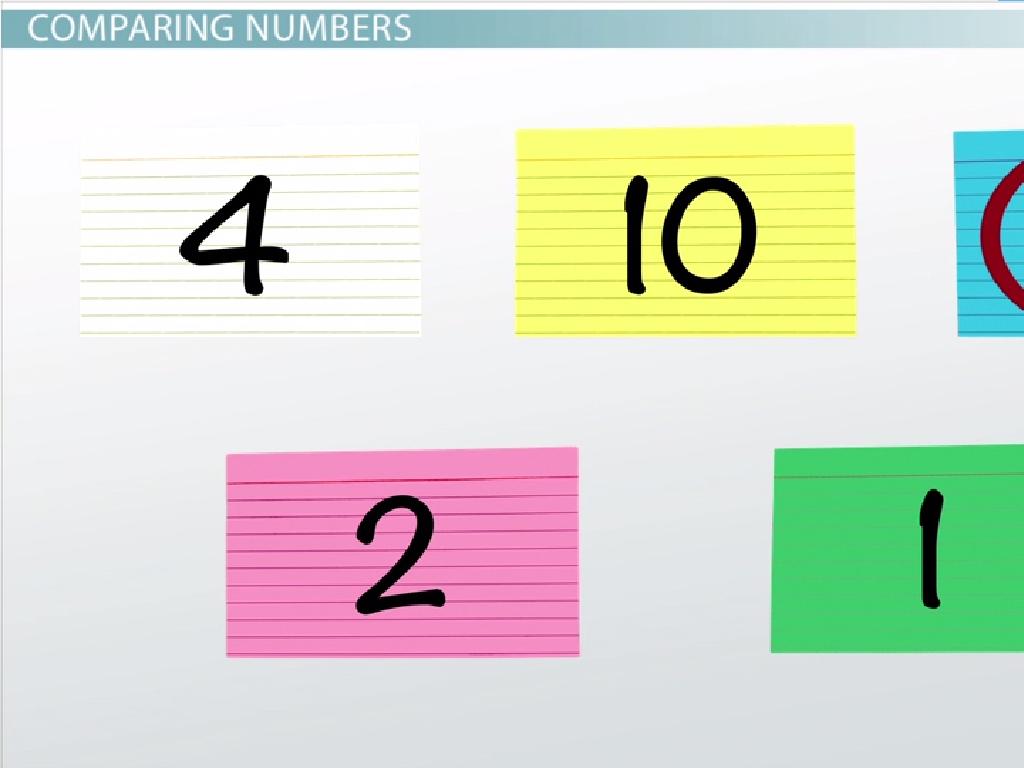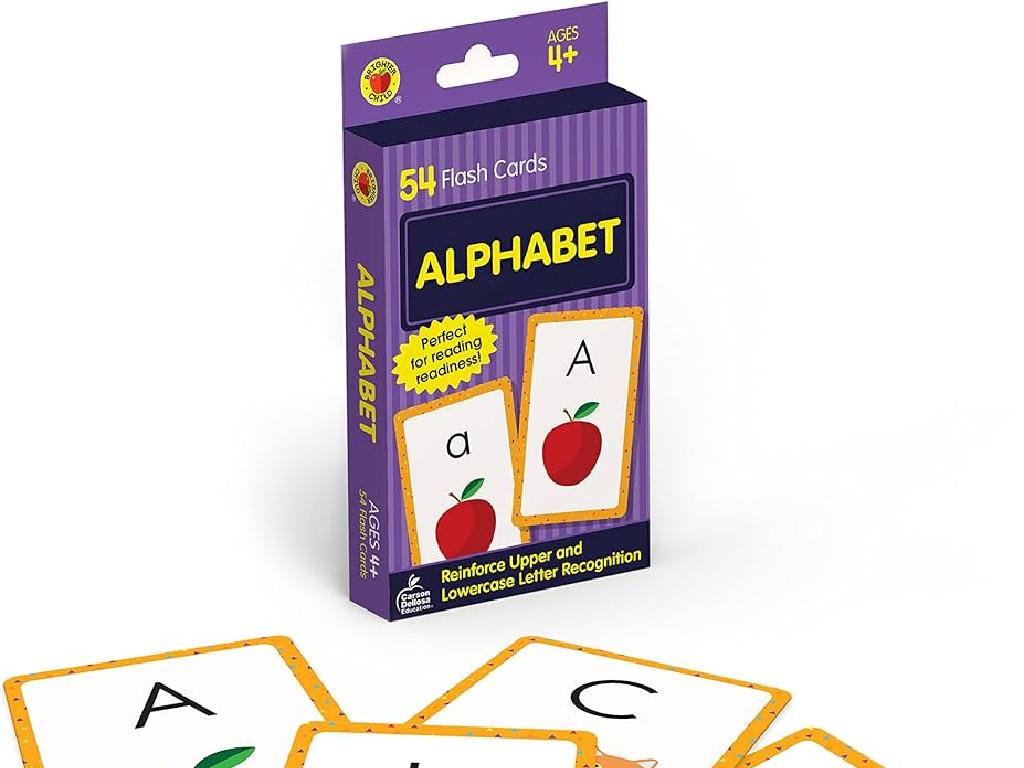Identify Text Structures
Subject: Language arts
Grade: Sixth grade
Topic: Text Structure
Please LOG IN to download the presentation. Access is available to registered users only.
View More Content
Welcome to Text Structures!
– Explore text building blocks
– Texts are built with different ‘blocks’ like description, sequence, cause and effect.
– Importance of text structures
– Recognizing structures helps understand and analyze texts better.
– Overview of today’s lesson
– We’ll learn to identify and use various text structures.
– Engaging with text structures
|
This slide introduces students to the concept of text structures, which are the frameworks that writers use to organize information in a text. Understanding these structures is crucial for students as it aids in comprehension and enhances their ability to analyze texts. Today’s lesson will cover the different types of text structures, such as description, sequence, comparison, cause and effect, and problem and solution. Students will learn to identify these structures and understand their purpose in writing. Engage students by asking them to think of examples of each structure from their favorite books or stories.
Exploring Text Structures
– Define text structure
– The way information is organized in writing
– Text structure’s role in understanding
– Helps readers follow the flow of information
– Examples of text structures
– Description, sequence, cause and effect, compare and contrast, problem and solution
– Practice identifying structures
|
This slide introduces the concept of text structure, which is crucial for students to understand how information is organized in a passage. Explain that recognizing text structure can greatly improve comprehension and retention of material. Provide examples of different text structures such as description (painting a picture with words), sequence (steps in a process), cause and effect (showing how one thing leads to another), compare and contrast (showing similarities and differences), and problem and solution (presenting an issue and its resolution). Encourage students to look for signal words that often indicate a particular structure. In the next class, practice with passages to identify these structures to reinforce learning.
Exploring Types of Text Structures
– Chronological Order
– Events are described in the order they happened
– Cause and Effect
– How one thing leads to another
– Compare and Contrast
– Examining similarities and differences
– Problem and Solution
– Outlining a problem and finding a resolution
– Description or List
– Detailing characteristics or features
|
This slide introduces students to the various types of text structures they will encounter in reading and writing. Chronological order is used for timelines or telling stories in sequence. Cause and effect explains why something happened and the result. Compare and contrast looks at how two or more things are alike or different. Problem and solution presents an issue and how it can be or was resolved. Description or list provides details about a topic, object, or event. Encourage students to identify these structures in texts they read and use them in their writing. Provide examples from familiar stories or articles and have students practice identifying the text structure.
Understanding Chronological Order
– Define Chronological Order
– A method of arranging events in the order they occurred
– Signal words for sequence
– Words like ‘first’, ‘then’, ‘finally’ indicate time sequence
– Example: Butterfly Life Cycle
– From egg to caterpillar, to chrysalis, then butterfly
– Practice identifying order
|
This slide introduces students to the concept of chronological order, a common text structure in reading and writing. Begin by defining chronological order as a way of organizing information by the time in which events occur. Highlight signal words that can help students identify this structure in texts. Use the life cycle of a butterfly as a concrete example to illustrate how chronological order is used to describe a process from start to finish. Encourage students to think of other processes or stories they know that follow a chronological sequence. As an activity, students can practice by arranging a series of events or steps in the correct order.
Understanding Cause and Effect in Texts
– Grasping cause and effect
– Cause triggers an event, effect is the outcome
– Signal words to identify
– Words like ‘because’, ‘therefore’, ‘due to’ signal cause-effect
– Example: Pollution’s impact
– Pollution leads to health issues, environmental damage
– Analyzing cause-effect relationship
|
This slide aims to help students recognize the cause and effect structure in texts. Begin by explaining that a cause is an event or action that makes something else (the effect) happen. Then, teach students to look for signal words that typically indicate a cause and effect relationship. Provide a concrete example, such as how pollution causes negative consequences for health and the environment, to illustrate the concept. Encourage students to think of other examples and to practice identifying the cause and effect in various texts they read.
Compare and Contrast Text Structures
– Understanding comparison
– How are things alike or different? Look for clues in the text.
– Key phrases for contrast
– Words like ‘however’, ‘on the other hand’, and ‘unlike’ signal contrasts.
– Example: Cats vs. Dogs
– Compare their behaviors, care needs, and companionship.
– Practice with a partner
|
This slide introduces the concept of comparing and contrasting within text structures. Students should learn to identify similarities and differences in texts, which is a critical reading comprehension skill. Highlight key phrases that often signal a comparison or contrast, such as ‘similarly’, ‘likewise’, ‘in contrast’, and ‘whereas’. Use the classic example of cats versus dogs to illustrate how to apply these concepts in a real-world context. Encourage students to think about the pets’ characteristics, how they interact with people, and their different needs. Finally, set up a classroom activity where students can practice this skill by partnering up and comparing two items or ideas of their choice, fostering collaborative learning and critical thinking.
Text Structures: Problem and Solution
– Identify problems and solutions in texts
– Look for challenges or issues the characters face
– Signal words for problems or solutions
– Words like ‘issue’, ‘resolve’, ‘address’, ‘overcome’ indicate problems or solutions
– Example: Endangered Animals
– How does the text describe the plight of endangered species?
– Discuss conservation efforts
– What actions are suggested to protect these animals?
|
This slide aims to help students recognize the ‘problem and solution’ structure in texts. Start by explaining that many stories and informational texts are organized by presenting a problem and then offering one or more solutions. Highlight signal words and phrases that typically indicate a problem (such as ‘dilemma’, ‘threat’, ‘challenge’) or a solution (‘solution’, ‘resolve’, ‘improve’). Use the example of endangered animals to show how texts describe a problem (species at risk of extinction) and the solutions (conservation efforts). Encourage students to think critically about the effectiveness of the proposed solutions and to consider other possible solutions. This will not only improve their reading comprehension but also their analytical thinking skills.
Understanding Descriptive/List Text Structure
– Define Descriptive/List Structure
– Organizes information by listing features, characteristics, or examples.
– Importance of descriptive words
– Words and phrases that paint a picture in the reader’s mind.
– Example: Rainforest Habitat
– A detailed description of a rainforest, including flora and fauna.
– Analyzing the example
– How does the description help visualize the rainforest?
|
This slide introduces students to the concept of Descriptive or List Text Structure, which is used to provide information by detailing characteristics, features, or examples. Emphasize the role of descriptive words and phrases in creating vivid images for the reader, enhancing comprehension. Use the example of a rainforest habitat to show how a writer might describe the various elements of the ecosystem, such as the dense canopy, diverse wildlife, and sounds of the forest. Encourage students to think about how the descriptive text helps them to picture the rainforest in their minds. Instruct them to identify descriptive words in the example and discuss how these contribute to their understanding of the text.
Practice Activity: Identifying Text Structures
– Learn to spot text structures
– Understand signal words and phrases
– Words like ‘first’, ‘then’, ‘finally’ indicate sequence
– Group work with sample texts
– Work in teams to identify structures in provided excerpts
– Discuss findings as a class
– Share insights and learn from each other’s analysis
|
This slide is designed for a class activity focused on identifying text structures. Start by explaining that text structures are the frameworks that writers use to organize information. Emphasize the importance of signal words and phrases that often indicate specific text structures, such as sequence, cause and effect, or compare and contrast. Break the class into small groups and provide them with sample texts. Each group will analyze their text to identify the structure and the signal words that helped them recognize it. After the activity, regroup and have a class discussion where each group shares their findings. This will help students learn from each other and reinforce their understanding of text structures.
Class Activity: Crafting with Text Structures
– Select a text structure type
– Write a paragraph using it
– Think about the beginning, middle, and end.
– Present your paragraph to the class
– Engage in a group discussion
– Why did you choose this structure? How does it help your paragraph?
|
This activity is designed to help students apply their knowledge of text structures in a practical and engaging way. By choosing a text structure (such as cause and effect, compare and contrast, sequence/order, problem and solution, or description), students will create their own short paragraphs that exemplify their chosen structure. This hands-on approach reinforces their understanding and allows them to demonstrate creativity. After writing, students will share their paragraphs with the class, providing a platform for public speaking and peer learning. The discussion that follows should focus on the effectiveness of the text structure in conveying the paragraph’s message and how different structures can be used for different purposes. The teacher should prepare to guide the discussion and provide feedback on the students’ work.
Review and Reflection: Text Structures
– Recap of text structure types
– Review the five main types: description, sequence, comparison, cause/effect, problem/solution.
– Importance of text structure recognition
– Understanding structure improves comprehension and writing skills.
– Engage in class discussion
– Time for questions and answers
|
This slide aims to consolidate the students’ understanding of the different types of text structures and emphasize their importance in reading comprehension and writing. Begin with a brief recap of the five main text structures, providing examples for each. Discuss how recognizing these structures can help students better analyze and organize information when reading and improve their ability to communicate ideas when writing. Encourage an interactive class discussion to allow students to share their thoughts and ask questions. This will help to clarify any doubts and reinforce their learning. Be prepared to answer questions and provide further explanations to ensure all students are confident in identifying text structures.






